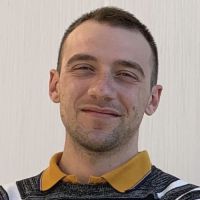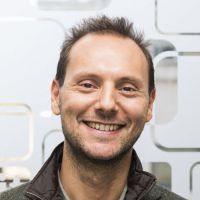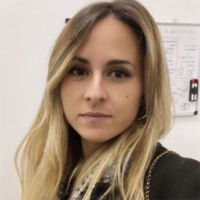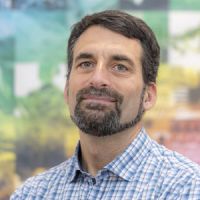Istituto Italiano
di Tecnologia (IIT)
The Plasmon nanotechnologies group in IIT develops novel nanostructures and photonic-plasmonic nanodevices for bio applications.
The main goal is to exploit advanced nanofabrication techniques for controlling the properties and the response of materials at the nanoscale. Particularly, we cover all of the aspects of the research spanning from the design to the fabrication, characterization and practical application of nano-bio sensors. The main activities concern the application of nanodevices to the study of complex bio-molecules, neurons, and cardiomyocytes.
People

Alessio Boschi
Alessio Boschi graduated in Bioengineering at the University of Genoa in 2020. He worked on his master thesis at Unige in computational neuroscience, gaining experience in modelling biophysical neural networks. Then, he joined the “Plasmon Nanotechnologies” group led by Dr. Francesco De Angelis at Istituto Italiano di Tecnologia to pursue a PhD in Bioengineering and Robotics – curriculum Bionanotechnology. Currently works as a PhD student in the same group focusing on the fabrication of a novel biosensing platform for in-vitro neuronal and cardiotoxicity.

















